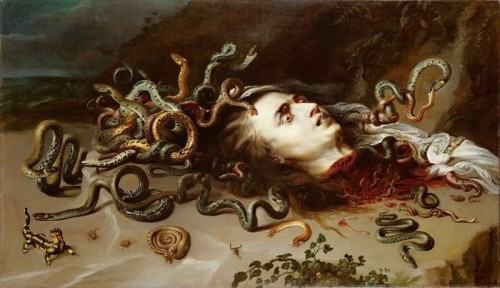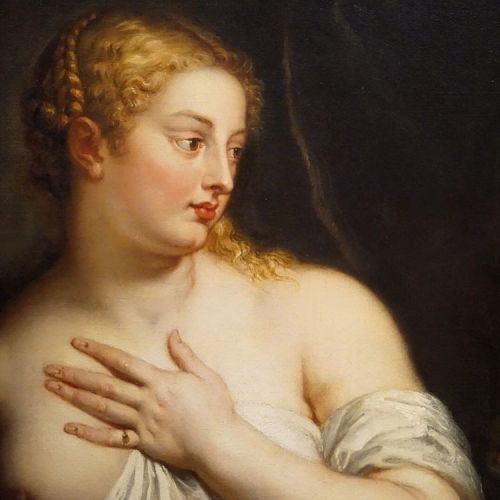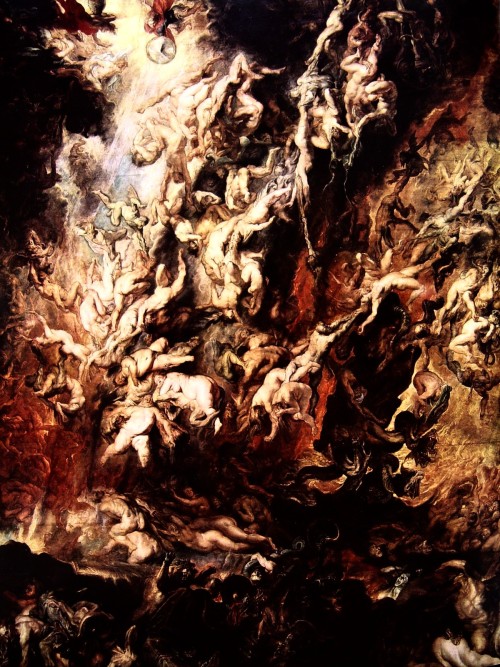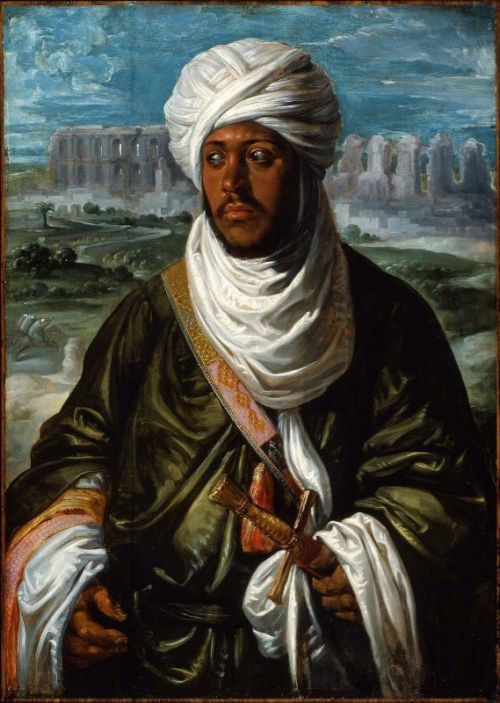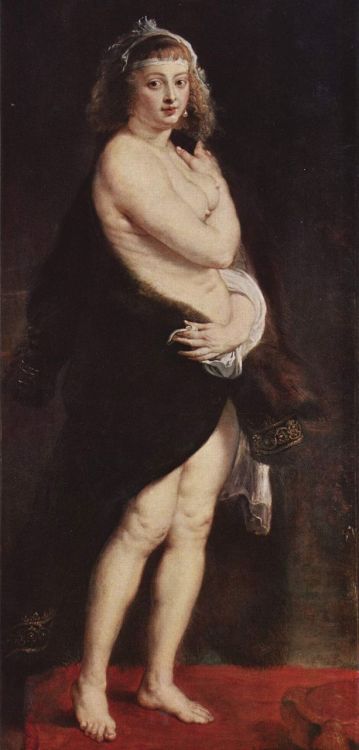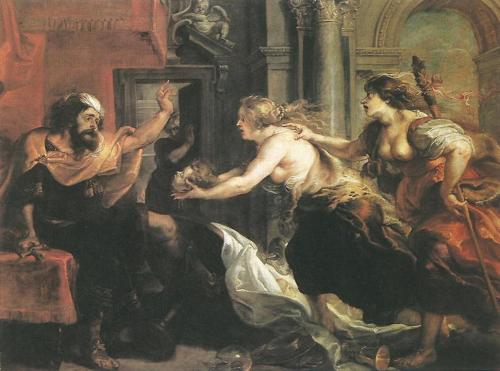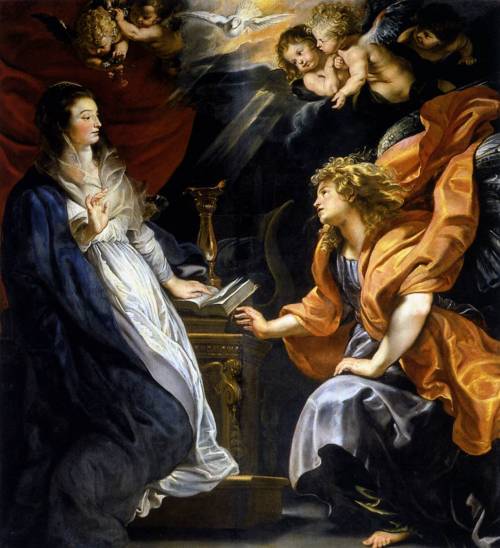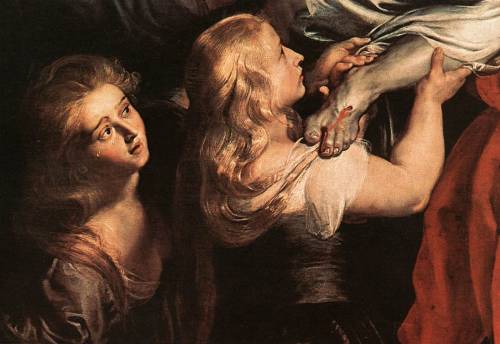#rubens
The Holy Family with Saints Elizabeth and John the Baptist
Peter Paul Rubens (Flemish; 1577–1640)
ca. 1610–20
Oil on panel
Art Institute of Chicago, Chicago, Illinois
Post link
Detail from Venus and Cupid / Rubens / Thyssen-Bornemisza museum, Madrid #Venus #ThyssenBornemisza #Madrid #Rubens
Post link

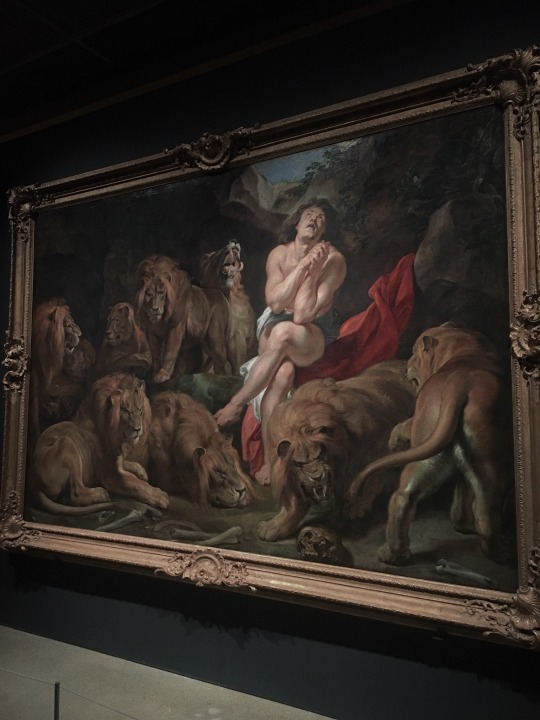
miss art museums
The Holy Family with Saints Elizabeth and John the Baptist, Peter Paul Rubens (Flemish, Siegen 1577–1640 Antwerp), 1610-20
Oil on panel
114.5 × 91.5 cm
Post link

The Calydonian Boar Hunt, Peter Paul Rubens (Flemish, 1577–1640), 1611-1612
Oil on panel
Portrait of a Young Woman with a Rosary, 1610,Peter Paul Rubens
Medium: oil,pencilhttps://www.wikiart.org/en/peter-paul-rubens/portrait-of-a-young-woman-with-a-rosary-1610
Post link
Mulay Ahmad, 1609,Peter Paul Rubens
Medium: oil,panelhttps://www.wikiart.org/en/peter-paul-rubens/mulay-ahmad-1609
Post link
Peter Paul Rubens (1577-1640)
A Flemish Baroque painter, who is best known for his epic history paintings of myth and patriotic glory, such as his famed ceiling paintings at Inigo Jone’s unique Banquet House, which unashamedly reinforces the devine right of Kings. In my mind however when I think of Rubens I think of his delicately vivid palette and fleshy sensuous depiction of the female body.
This style is particularly indicative of his later works which feel more liberated, less academic and restrained. Perhaps these physical developments were encouraged by his second marriage to Hélène Fourment four years after the death of his first wife, when Rubens was well into his 50s and she was a tender sixteen years of age. As made clear from this intimate revealing portrait of Fourment, he took great inspiration from her curvaceous form, and had elevated her to the status of muse.
Post link
Charles the Bold, duke of Burgundy, 1618,Peter Paul Rubens
https://www.wikiart.org/en/peter-paul-rubens/charles-the-bold-duke-of-burgundy-1618
Post link

